What data recovery tools to buy if you want to start a data recovery business?
Free video data recovery training on how to recover lost data from different hard drives?
Where to buy head and platter replacement tools at good prices?
Data recover case studies step by step guide
I want to attend professional data recovery training courses
The following is the general process to handle hitach hard drive diagnosis and repair, it’s not a must-have process but give you one general idea. Actually this process can be also used with other doctors like HD Doctor for WD, Maxtor, Samsung, Toshiba, Fujitsu, etc. HD Doctor for Seagate is different and you need to diagnose by the info displayed in CMD modes and judge. SalvationDATA engineers will be happy to assist you to understand more about the CMD modes. Just leave us a message by email or forum!
Step 1: Get the patient hard drive and recognize the hdd model;
Step 2: Judge if that model is supported or not
Step 3: If not supported, contact SD engineers to upgrade the program and add the new models to support list
If supported, you can do some basic diagnosis before power on the Hitachi doctor:
-Check the appearance of the HDD to see if it has been opened or with some obvious sign of damage;
-PCB check, any burnt sign, smell and watch it;
-Label confirmation, some fake label may bring you misleading judge
-Connection confirmation(make sure if the patient devices are connected correctly with the hitachi doctor)
Step 4: Power on and diagnose
-Listen and see if the heads and motor work normaly
-Check the hdd status by hd doctor
-Load from disk to check if the hdd is detected
–if detected, check if it’s password protected, if protected, remove password
–if not detected, load from file to see if the firmware area is readable or writeable
—if readbale, find out the damaged firmware modules and repair(two results after this step: one is failure to repair the firmware due to physical bad sectors; the other is success to restore the drive and become detected)
—if not readable, one possibility is the NVRAM damage and you need to repair NVRAM, the other is physical damage
Step 5: Handle the bad sectors after the patient drive becomes detected
This depends on whether you need the data(hdd repair or data recovery)
-If you need the data(data recovery), view sectors to check if there’s valid data
–patient drives don’t have bad sectors, connect the patient drive as slave drive and copy data directly
–patient drives have bad sectors, then use DC to recover the data directly
-If you don’t need the data(HDD repair),
–Scan and find no bad sectors
–some bad sectors found but scattered, you can zerofill the drive or consider adding to G-lit(only a few) or adding to P-list(bad sectors G-list can not store)
–If a lot of bad sectors and intensive, consider disabling the heads.
Until now, we finish the whole hdd repair process!
If you would like to learn more or any question there, please email to us by info@datarecoverytools.co.uk. Finally we want to say there’re no magic hdd repair or data recovery tools you can get and use well for positive results. You hard work to learn about them and the drives is able to create magic results.

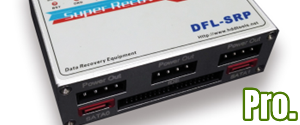
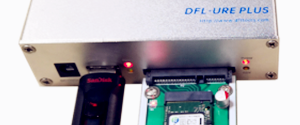
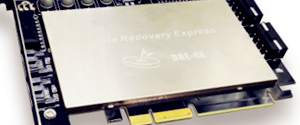

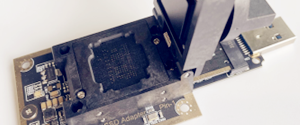
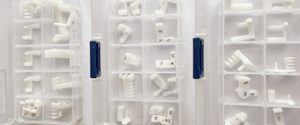
Comments are closed
Sorry, but you cannot leave a comment for this post.